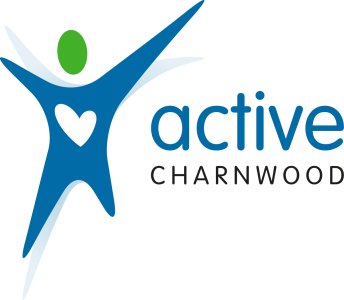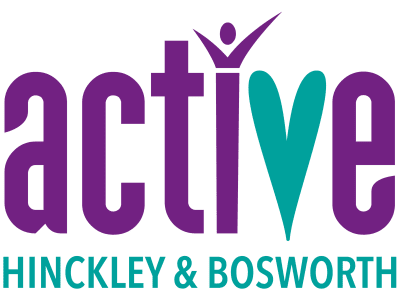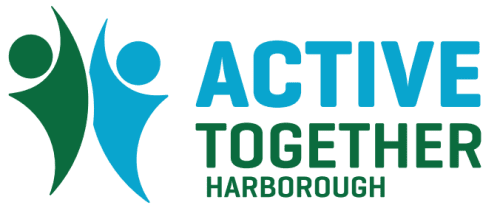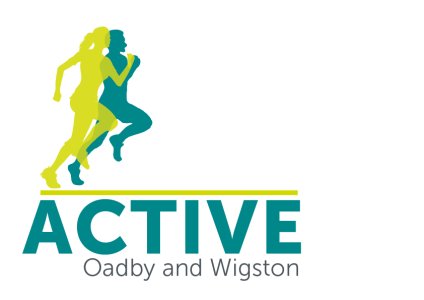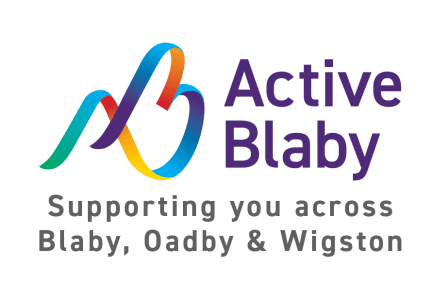Type 2 Diabetes is a common condition where the insulin your pancreas makes can't work properly, or your pancreas can't make enough insulin. This means your blood glucose (sugar) levels keep rising.
It is predicted that by 2025, there will be 89,950 people living with Diabetes across Leicester, Leicestershire and Rutland.
It is often linked to being overweight or inactive. However, multiple studies have shown that regular moderate to vigorous exercise of any duration has reduced mortality risk in people with Type 2 Diabetes, and prevented risk of developing Type 2 Diabetes.
Frequently Asked Questions - Type 2 Diabetes
Meg's Story
"Dancing helps me manage my Type 2 Diabetes." - Meg
You can also meet our local Let's Get Moving Champions who share their inspirational stories on how they have become and stayed active this year!
Get Active
If you are ready to move more and feel better, there are a range of activities and sessions to help you meet your activity goal. Be sure to find something you enjoy!
-
For anyone 18+ wanting to become more active or living with a long-term health condition, receive a tailored walking plan to help you increase your daily steps at a pace that works for you. *For FREE access use code: Let's Get Moving*
-
Exercise Referral is 12 week programme of personalised physical activity support for people with specific health conditions.
Resources for Type 2 Diabetes
-
Healthier You: NHS Diabetes Prevention Programme
If you are at risk of developing Type 2 Diabetes, find out contact details for the Leicester, Leicestershire and Rutland programme.
-
Leading the fight against the diabetes in the UK.
-
Resources to support both those living with diabetes and healthcare professionals.
-
Contact the Leicester specific group here, inviting those affected by diabetes to learn more and speak about current topics, including, healthy lifestyle and nutritional advice.
-
Moving Medicine - Type 2 Diabetes
Evidence-based resources including an information leaflet with practical tips, walking programmes and a downloadable diary and workbook.
You are performing the exercises linked from our website at your own risk.
Whilst every effort has been made to verify the information on the Type 2 Diabetes page, Active Together is not responsible for the accuracy or content of external websites. Whilst taking part in physical activity, participants should ensure they take part at a level which is appropriate to them and their health and are responsible for ensuring they check the credentials and health and safety requirements for each activity. It is recommended that participants follow the Chief Medical Officers Guidelines for physical activity. Participants will choose to utilise these links and take part in activities at their own risk.
For Healthcare Professionals
It is important to have conversations with those living with Type 2 Diabetes about the importance of physical activity. Physical activity as a treatment for long-term health conditions is a consensus backed by rigorous evidence.
Our Active Medicine page supports local healthcare professionals with promoting the benefits of physical activity, including Physical Activity and Health training, E-Learning resources, and healthy conversation skills.
The fantastic Moving Medicine resource hosts step-by-step guides to have quality conversations with patients about physical activity for Type 2 Diabetes - from 1 - 5 minute conversation opportunities.









